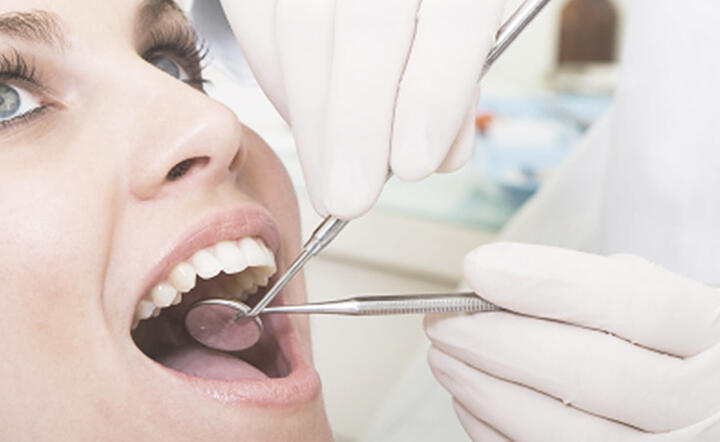The key to healthy teeth and gums is preventive check-ups at the dentist. Preventive check-ups are covered by the health insurance company twice a year. Pregnant women are entitled to a free preventive dental examination up to twice during pregnancy.
Preventive Inspections

Regular prevention reveals possible incipient decay or other problems right at the beginning. Thanks to early diagnosis, you will save time and money. Don't delay your visit to the dentist and book a preventive check-up today!
What awaits you at the preventive examination?
The content of the preventive examination for an adult is:
1. Examination of the teeth’s condition, checking the functionality of fillings, fixed crowns, implants and removable prostheses;
2. Examination of the condition of the gums, the entire suspension apparatus and other mucous membranes;
3. Evaluation of teeth from the point of view of orthodontics, plus examination of temporomandibular joint;
4. Control of dental hygiene, motivation and instruction with regard to correct cleaning technique, as well as nutritional counseling in relation to tooth decay;
5. X-rays, which are taken directly in the dental office, are also an important part of the examination. Bite-wing images are part of every preventive examination; a panoramic OPG image is taken once every 2-3 years, and is necessary for each new patient. The intraoral X-ray is an important indicator of the success of endodontic treatment;
6. Preparation of an individual treatment plan and a clear detailed explanation for each patient. Our goal is to achieve a healthy oral cavity and prevent any pain or complications that may reduce quality of life. We do our best to maintain patient health and meet the aesthetic demands of each patient.
Preventive screening in children is as important as in adults. The first screening should take place between 6 and 12 months of age. The dentist will welcome the child, explain to the parents how to properly care for the their child’s teeth, provide important information about a healthy oral cavity, and finally check the teeth’s condition. Preventive examinations are covered by the health insurance company twice a year. It is important not to neglect the health of your children's oral cavity.
We emphasize a relaxed and friendly atmosphere, making sure that our children and parents feel relaxed. A visit to the dentist can take place without either fear and pain, and we have made this possible.
The content of the preventive examination for children is:
1. Getting acquainted with the surgery and staff - we will introduce our space, the dental chair and equipment to the children. They have the opportunity to see for themselves how a suction device or a drill works, for example. We call this “dental shower” and emphasize removing the fear of treatment. Children are rewarded for each visit, and are presented with a small prize;
2. Examination of the condition of deciduous and permanent teeth, control of fillings, evaluation of the correct development from a physiological point of view, control of orthodontic conditions;
3. Examination of the gums, suspension apparatus and other mucous membranes;
4. Control of dental hygiene, alongside motivating and instruction of children and parents regarding correct cleaning techniques. It also includes a selection of suitable dental aids and nutritional advice;
5. At each preventive examination, X-rays are taken, the first bite-wing is taken from about 3-4 years, a panoramic OPG from 6 years (and then once every 2-3 years). We have the most cutting-edge devices imparting minimum radiation dose. Thanks to X-rays, we prevent complications and pain, and therefore avoid negative experiences in children;
6. Preparation of an individual treatment plan for each child, the plan is explained in detail and clearly to the parents. Our goal is to treat every baby tooth, allowing for their its natural process towards adult teeth, so as not to reduce the quality of life of the child. Early loss of baby teeth disrupts the natural development of bones and proper cutting of permanent teeth. It can lead to orthodontic complications in the future that are hard to solve, for example may experience problems with eating and speaking, which can lead to lower wellbeing because of unsatisfactory aesthetics.